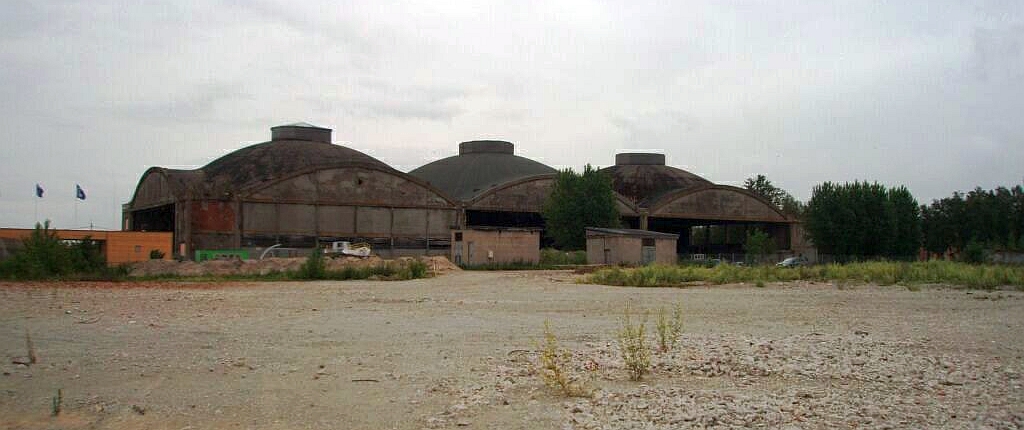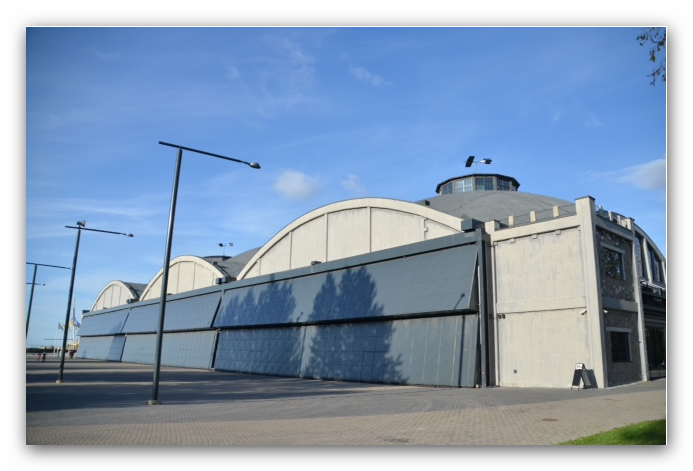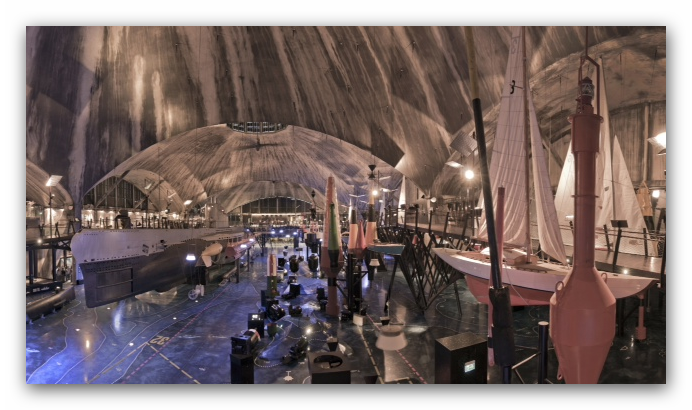Concrete renovation in Estonia with Swiss technology
Did You know that Sydney Opera´s concrete construction was made after Seaplane Harbour construction in Estonia? Christiani & Nielsen, a danish construction company, designed and bulit unique concrete shell-domes in Tallinn. The construction work on the hangars was carried out from 1916 to 1917. The hangars are unique due to their construction history, and have a high heritage value. The hangars were the first structures in the world to use reinforced concrete shell domes. North-Estonian limestone layers are a good source of building material. In soviet time, concrete bulidings were gray and an uninteresting mass production; most people hated it – for good reason. But times have changed. Concrete buildings of last decades are good examples of architectural fantasy and building engineers talent to make concrete more interesting and friendly, especially for people who live and work within these buildings. Every year Estonian Concrete Society selects the best concrete building of the year. Nominents are typical examples of concrete works in Estonia. And there are excellent examples, how grey, grizzly and military looking material may start to live a modern vivid life. The most notable work, the concrete building of the year 2012, was the Estonian Maritime Museum´s Seaplane Harbour Hangars. This old, broken and unrepaired building, forgotten for century, started to live a new life a few years ago. This is the story of world-famous hangars, which become an example for the Sydney Opera or the Peking Olympic Stadium. Because these world-famous buildings used the same technology later. Concrete from Switzerland helped...3,6 kilometers of cracks, plants, even trees grew on roofs, water damage, rust and corrosion dominated the scene. That was the situation of unique shell-dome construction right at the Tallinn city center on seaside. Privately owned and used as a warehouse, the concrete building was in so bad condition that engineers warned of collapse. But finally renovation started and the Estonian Maritime museum planned to move the exposition of Estonian maritime history to this place. Not only the Estonian floating submarine „Lembitu“ (from World War II) was planned to exhibit inside, also some more large objects like planes (for example seaplane „Short184“) and some smaller ships and yachts. ... to avert danger of collapse...All cracks were stiched together with metal wires and ribs and filled with special composite. Under the domes a new concrete layer were added. This layer restored strength of three shell-domes. Additionally, hangar´s bearing posts were strengthened by Swiss tunnel construction materials. Special concrete was transported right from Switzerland – total 1200 tons on 50 heavy duty trucks. Good reasons for electionJury of Estonian Concrete Buliding of Year commented, that they elected this renovation the best because of good example of longevity of concrete as building material and also because of good quality of renovation. These hangars were not renovated and restored at all for 95 years and condition was very bad. Professor of Tallinn Technical University Karl Õiger studied hangars for 11 years and planned reconstruction works. From closed territory to an open placeSeaplane Harbour was a closed territory right after the building stands. Before the Second World War, it was the location for naval aviation units and after the war, it was a military warehouse of Soviet Army. After the Soviet occupation, illegal occupiers moved in and closed the hangars again for public in 1990-ies. Government had long court trial to free the site from occupying companies.
23.09.2014 | Autor
Kaido Einama
-> Drucken
|
MEHR ZU DIESEM THEMA
TOP ARTIKEL
TOP AKTUELLsoeben aufgeschaltet
MEIST GELESEN
|
||||||||||||||||||||||||||||||||
|
|
|||||||||||||||||||||||||||||||||
|
|
|||||||||||||||||||||||||||||||||







